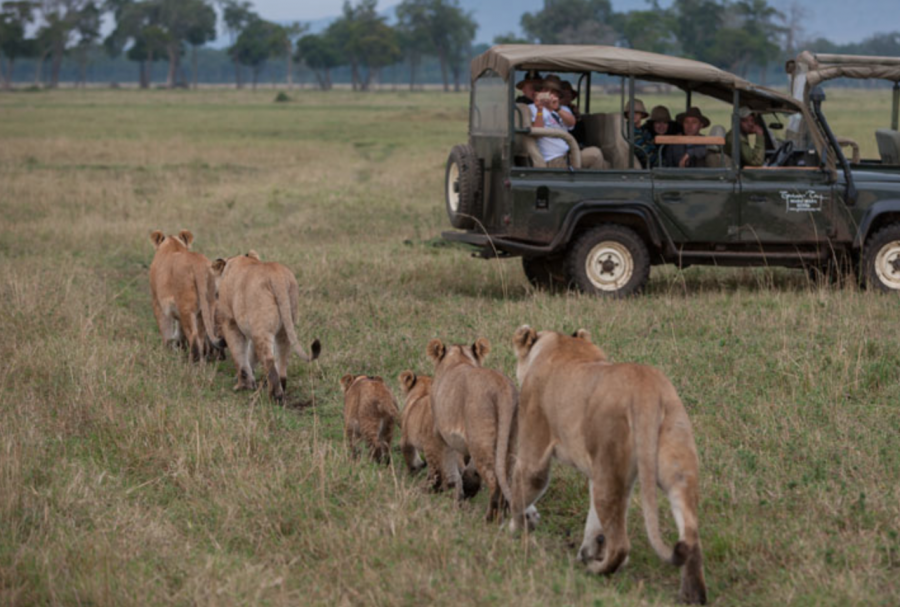
Death of Kenya’s Famous Marsh Lions Puts Spotlight on Poisoning
On Tuesday two local tribesmen were charged in the Chief Magistrates Court in Kenya for poisoning an unknown number of lions that belonged to the well-known Marsh Pride made famous on the TV show “Big Cat Diary” and which in turn helped make the Masai Mara famous. This is the first case that has been […]
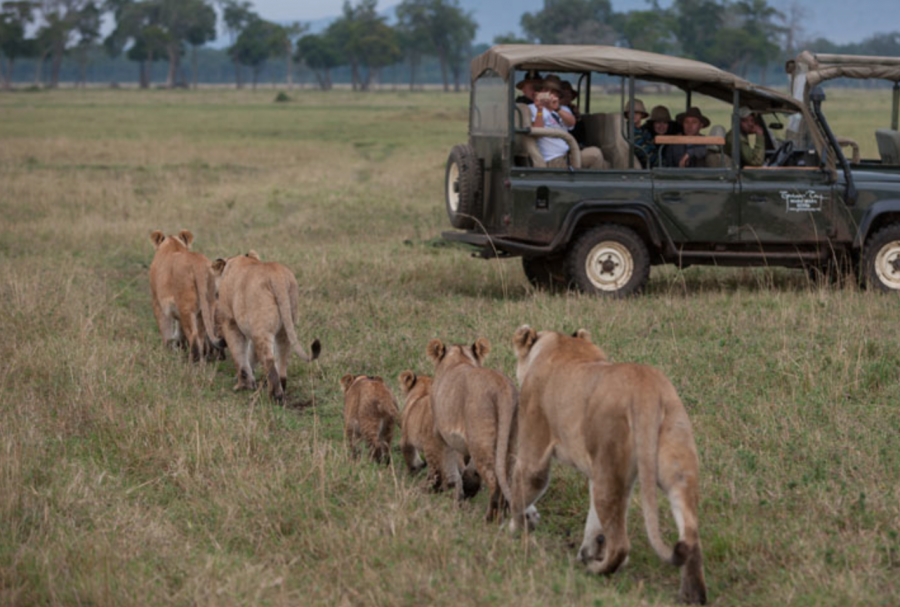
On Tuesday two local tribesmen were charged in the Chief Magistrates Court in Kenya for poisoning an unknown number of lions that belonged to the well-known Marsh Pride made famous on the TV show “Big Cat Diary” and which in turn helped make the Masai Mara famous. This is the first case that has been brought against anyone for killing a wild animal with poison in Kenya’s history.
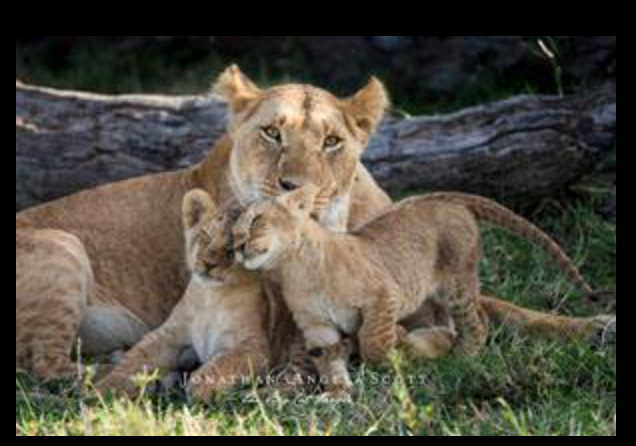
It was a swift turn of events, for which many have commended the Kenyan authorities. Two lions died after eating a poisoned cow carcass, at least one is missing, and five are being treated by veterinarians, according to news reports. One of the dead lions was 17-year old Bibi (which means Grandmother), who had become something of a celebrity during the TV series’ popular run from 1996 to 2008.
The story began over the weekend but got a lot of publicity from Monday, when Jonathan and Angela Scott, wildlife authors and photographers who have been following the pride since the ’70s and have been involved with the programme “Big Cat Diary”, posted the following story and reflection online:
“Our feet had barely touched home on Kenyan soil last night when we heard the sad news of the poisoning of members of the Marsh Pride – the lions that we have followed since 1977 and were the stars of our book ‘The Marsh Lions’ (1982 updated 2012) co-authored with Brian Jackman…
“We could have said ‘shocking news’ in regard to the fate of the Marsh Pride – but there is nothing shocking anymore as to what is happening in the Masai Mara. Tens of thousands of cattle encroach in to the Reserve every night when visitors are safely out of sight – but when the likelihood of conflict with predators such as lions and hyenas is at its greatest.
“This makes no sense. The Masai Mara is after all a national reserve and of vital importance to the Masai, the nation and the international community. This sorry state of affairs is testimony to the appalling management of the Reserve, a situation that has existed for many, many years; certainly for at least as long as I have known the Masai Mara.
“Let’s not forget the precipitous decline in the Mara’s black rhino population that saw it plummet from an estimated 150-200 in the 1960s to just 11 by 1983 (it has risen again to between 30 and 40).
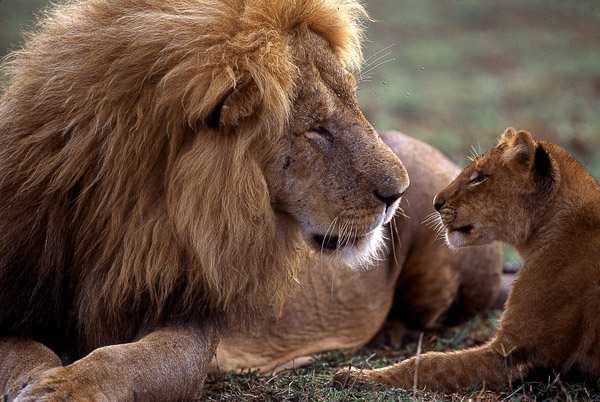
“Our base in the Mara is a stone cottage at Governor’s Camp, home to the glorious Musiara Marsh after which the Marsh Lions were named. The Marsh is the heart of the Marsh Pride’s dry season territory, while to the east the intermittent watercourse known as Bila Shaka is the traditional breeding site and resting place for the pride.
“But that all changed when the authorities decided to turn a blind eye to the incursion of cattle in to the reserve, forcing the lions to move out or risk death. The Marsh Pride have always been vulnerable due to their being a boundary pride – their territory spreads beyond the reserve boundary.
“This is particularly apparent in the wet season when Musiara Marsh (and Bila Shaka at times) becomes waterlogged and the lions move to higher ground to north and east. Each year we lose lions to poisoning or spearing by pastoralists – that was always part of life for the lions. But in the last few years the situation has escalated beyond all reason with the Marsh Pride becoming increasingly fragmented by the influx of cattle and herdsmen.
“The BBC filmed the hugely popular TV series ‘Big Cat Diary’ in Marsh Pride territory from 1996 to 2008. The foundation of the series was that we always knew that we could find lions, leopards and cheetahs in the area on a daily basis.
“The Marsh Pride were at the heart of the series – they virtually never let us down – along with the leopards Half-Tail, Zawadi (Shadow) and Bella – and the cheetahs Queen (Amber), Kike, Honey, Toto and Honey’s Boys.
“Today it would be impossible to film ‘Big Cat Diary’ in the same location – how damming a fact is that. Each year Governor’s Camp outfitted a special tented camp for us along the Mara River just upstream from Main Camp.
“The impact of livestock is all too apparent; this year the Musiara area looked like a desert and each night you could see dozens of flickering torches as the cattle were driven into the Reserve after dark.
“Huge herds of cattle would camp during the daytime along the boundary of the reserve waiting for the tourists to head in to camp. The deep tracks leading into the reserve are testament to that along with piles of cattle dung scattered deep inside it. And the Musiara area is not alone. Guides from other parts of the Mara have been talking about this situation for years. But nobody seems to be able to do anything about it.
“And what of the Marsh Pride. Earlier in the year a break-away group of young Marsh Pride females with young cubs were forced to cross the Mara River and set up home in the Kichwa Tembo area, while the oldest females – Bibi (17), Sienna (11) and Charm (11) – and their cubs increasingly avoided Bila Shaka and the Marsh, loitering at the fringes of their traditional territory, forced to encroach on neighbouring prides.
“They are often to be found up on Rhino Ridge or even down on to Paradise Plain or along the river. How many lions have died as a result of the latest incident is still unclear.
The only way to prevent (lions being killed) is if there is enough incentive to persuade the herdsmen that lions equate to tourists – and that means a financial return.
“One reason that the Marsh Pride males such as Clawed and Romeo – and more recently Scarface and the Musketeers (four in all) – are able to remain as pride males for so many years – four years or more – is due to a decline in the number of young nomadic male lions to replace them.
“In the past it was not uncommon to see groups of five or six young nomadic males roaming the Musiara or Paradise area together. I have counted as many as nine traveling as a group. That was a sign of a healthy lion population with lots of dispersing sub-adults.
“In the past pride males often only managed a tenure of 2 years – sometimes less – before being forced out of their pride by younger or more powerful rivals. The scarcity of these nomadic males tends to make us believe that they are not surviving as well as in the past.
“That would fit with the kind of disturbance that lions are facing on a nightly basis in parts of the Mara from livestock and herdsmen. Lions are going to kill livestock if it comes within range – and of course they will sometimes kill livestock outside the reserve and must bear the consequences when they do.
“The only way to prevent this happening is if there is enough incentive to persuade the herdsmen that lions equate to tourists – and that means a financial return.
What a miracle it would be if the demise of the Marsh Pride became the catalyst for serious dialogue and change as to how the Masai Mara is managed.
“And that is the key point. Many Masai do not think of the Masai Mara Reserve as a source of income. The often feel that it is unfair that wildlife is allowed to share their pastures and sometimes kill their livestock but that they are not allowed to reciprocate by bringing livestock in to the Reserve during dry times.
“This is particularly the case given that the Masai have roamed these areas for hundreds of years, long before the area was given official protection. Understandably, the Masai claim the Mara as their own.
“The authorities urgently need to address this issue by ensuring that everyone benefits from tourism to the Mara in a truly tangible way. There will be no safe place for the Marsh Lions until the reserve authorities decide to address all of the issues that have been debated ever since I first came to live in the Mara in 1977 – namely: equitable distribution of revenue to the local community; a moratorium on any further tourism development in the reserve; an embargo on grazing of livestock inside the reserve.
“While adopting a rotational system of grazing in wildlife conservancies created from private land surrounding the reserve to address the issue of how to harmonize pastoralism with wildlife, allowing the wholesale influx of tens of thousands of cattle to encroach within the reserve each night is not an equitable solution.
“What a miracle it would be if the demise of the Marsh Pride became the catalyst for serious dialogue and change as to how the Masai Mara is managed.
“The Governor of Narok County, the Honorable Samuel Ole Tunai, pledged to do just that when he called a Masai Mara Stakeholders Meeting in Nairobi in September 2015. I attended that meeting and was impressed by the number of people who made the effort to come along.
“Since then a small group of concerned individuals drawn from all walks of life have worked to support the Governor’s initiative. We can only hope that we are about to witness tangible steps towards fulfilling our expectations.”
The following picture was posted on Facebook for the lost Marsh lioness Bibi.
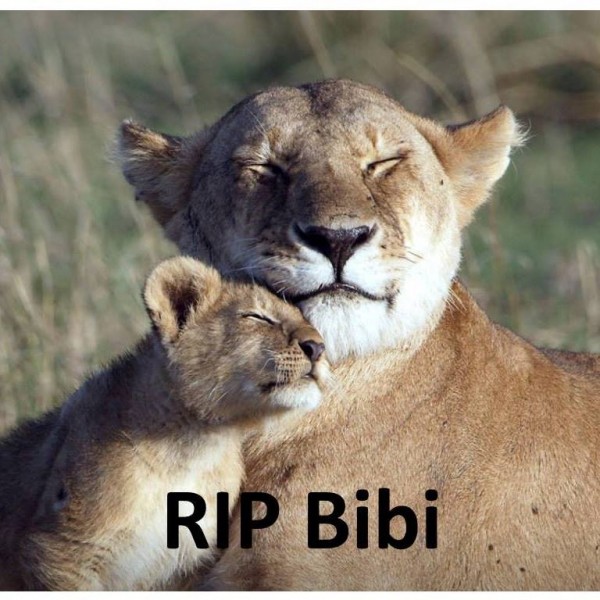
On Tuesday, Jonathan Scott posted the following update:
“We have been heartened by the incredible response across Social Media to the recent poisoning of members of the Marsh Pride. Nothing would please us more than for this to prompt real change in the way the Masai Mara is administered.
“We need to adopt the kind of management practices so professionally implemented by Brian Heath and his team from the Mara Conservancy in the Mara Triangle – that part of the Masai Mara Reserve lying to the west of the Mara River.
“Dr Paula Kahumbu tells us that the two people arrested over the poisoning are right now in court facing charges being prosecuted by the Director of Pubolic Prosecutions. This is the first cases in Kenya’s history of prosecuting someone for poisoning wildlife.
“Poison has become a major threat to our wildlife. Birds of prey – there are 53 birds of prey in the Mara – are being decimated by the use of poison. It has to stop.
“One thing is very clear. The Kenya Wildlife Services (KWS), Masai Mara authrorities, NGOs, and the Director of Public Prosecutions have acted very swiftly over this matter and are to congratulated.
“It has been confirmed that the lions in question were killed inside the Masai Mara Reserve. It is untenable for the authorities to continue to turn a blind eye to the huge numbers of cattle grazing illegally inside the Reserve each night.
“The Marsh Lions have helped to make the Masai Mara famous the world over through ‘Big Cat Diary’ – the least we can do is to protect them according to the law.
“And let’s not forget what an amazing place the Masai Mara is for anyone wishing to make a safari to big cat country. There is nowhere quite like it. Don’t abandon us!”